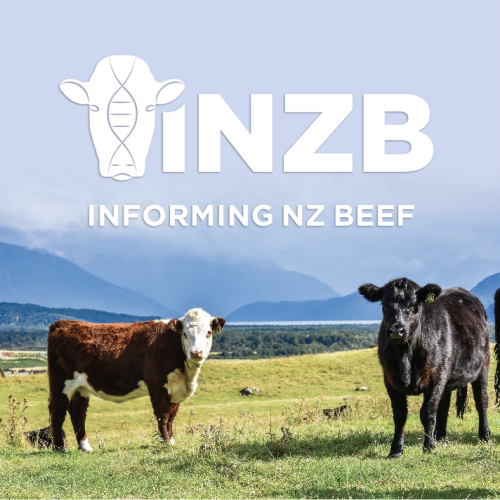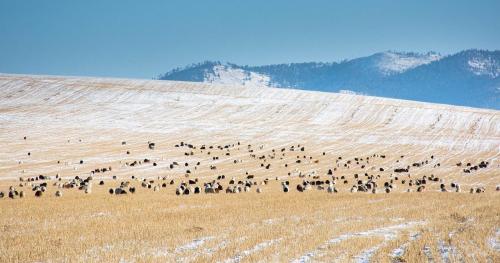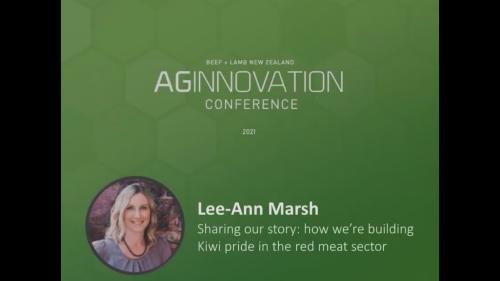Search results
Displaying 101 - 110 results of 355
- Editable PDFB+LNZ and DINZ submission on transitioning to a low-emissions and climate resilient future …
- NewsHave your say on the Government’s consultation on the low-slope map for stock exclusion …

- VideoAgInnovation 2021: Sharing our story – how we’re building Kiwi pride in the red meat sector …
- PodcastHow Beef + Lamb New Zealand’s Informing New Zealand Beef programme will supercharge farmers’ genetic gains …

- … of upskilling and already in employment on a sheep and beef farm? Check out the different providers of training to grow your skills and knowledge. …
- Additional freshwater consultations – low-slope map changes, freshwater farm plans, intensive winter grazing changes, and wetlands. This page contains information about consultations, announced by the Government in July and August 2021, as part of the Essential Freshwater work programme. Public feedback is being sought on a range of proposed changes and approaches. We’ll keep this page …
- NewsSheep and cattle numbers down as carbon forestry, drought and low prices continue to impact sector …

- PagePasture, supplementary feed and water can be contaminated with pests and diseases (including weeds) and introduce these onto your farm. …
